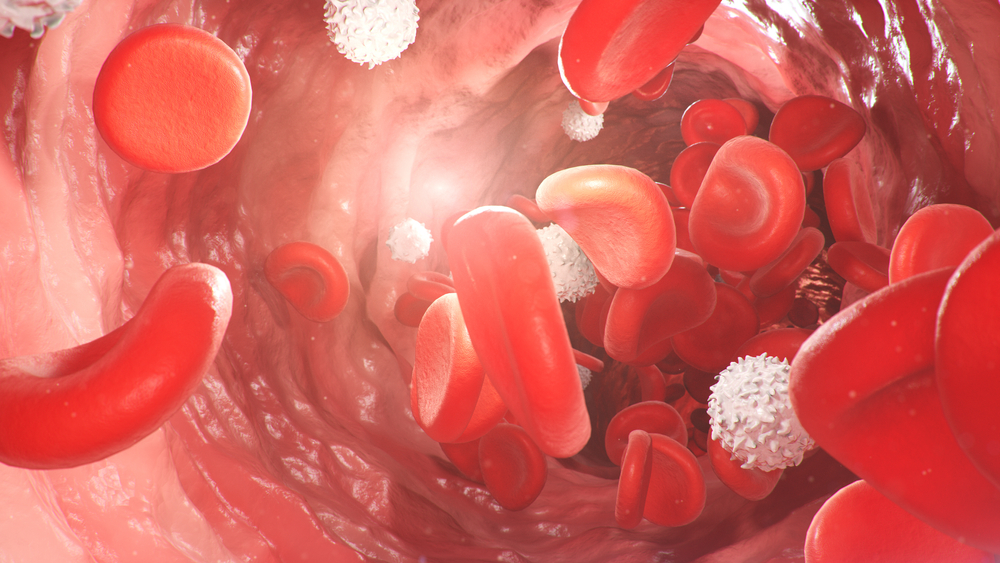
Summary
A white blood cell count and white cell differential is used to screen for or diagnose a wide range of conditions that change the number of white blood cells (WBCs). These include infection, immune deficiency, bone marrow disease, inflammation, allergy, and those disorders that affect the shape or size of the white blood cells.
White blood cells are composed of several different types of cells and the test counts both the total number of white cells and the number of the individual cell types — this is called a white cell differential.
A WBC is often performed as part of a full blood count (FBC) when you have a routine health examination. It can also be used to monitor your condition when you are undergoing treatment that affects white blood cells.
Why get tested?
Measurement of the White Cell Count (WBC) is usually part of a Full Blood Count (FBC). For more information about the components that make up blood, including white blood cells, where they are made and their various functions, see the Test called Full Blood Count. Your doctor may request you have a WBC count to:
When a person has an inflammatory process or infection somewhere in the body, the bone marrow produces more WBCs and releases them into the blood where they migrate to the site of inflammation or infection. The bone marrow stops producing WBCs and levels drop back to normal when the condition resolves.
Any condition or drug that weakens the immune system, such as HIV infection or chemotherapy will cause a decrease in white blood cells and sometimes cause dangerously low numbers of these cells.
White blood cell counts can also vary due to illness and increased levels can even be caused by eating, physical activity and stress. Mothers in their last month of pregnancy or in labour may have increased levels. Removal of the spleen also leads to mild to moderate increases in WBC.
Having the test
Sample
Blood
Any preparation needed?
None.
Your results
Reading your test report
Your results will be presented along with those of your other tests on the same form. You will see separate columns or lines for each of these tests.
Increased white blood cells
Result | Diagnosis |
| White blood cell levels of 11.0 - 17.0x 109/L cells | Mild to moderate leukocytosis |
Possible causes
| |
Decreased white blood cells
Result | Diagnosis |
White blood cell levels of 30 - 3.5 x 109/L cells | Mild leucopenia |
Possible causes
| |
Reference intervals
Your WBC results will be compared to reference intervals (sometimes called a normal range).
If your results are flagged as high or low this does not necessarily mean that anything is wrong. It depends on your personal situation and your results need to be interpreted by your doctor.
Questions to ask your doctor
The choice of tests your doctor makes will be based on your medical history and symptoms. It is important that you tell them everything you think might help.
You play a central role in making sure your test results are accurate. Do everything you can to make sure the information you provide is correct and follow instructions closely.
Talk to your doctor about any medications you are taking. Find out if you need to fast or stop any particular foods or supplements. These may affect your results. Ask:
Any more to know?
White blood cell counts are dependent upon age so generally normal newborns and infants have higher counts than adults. Sometimes, the elderly may fail to develop an increase in white blood cell counts in response to infection.
More information
Pathology and diagnostic imaging reports can be added to your My Health Record. You and your healthcare provider can now access your results whenever and wherever needed.
Get further trustworthy health information and advice from healthdirect.
What is Pathology Tests Explained?
Pathology Tests Explained (PTEx) is a not-for profit group managed by a consortium of Australasian medical and scientific organisations.
With up-to-date, evidence-based information about pathology tests it is a leading trusted source for consumers.
Information is prepared and reviewed by practising pathologists and scientists and is entirely free of any commercial influence.